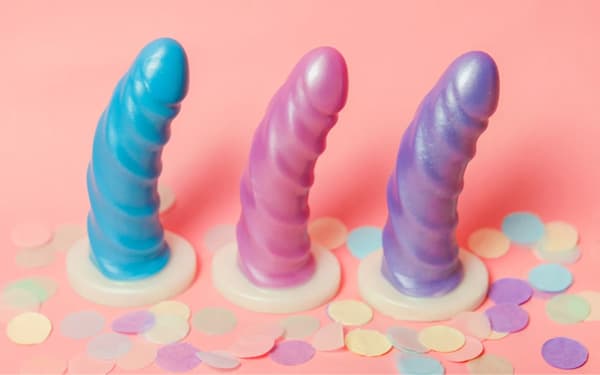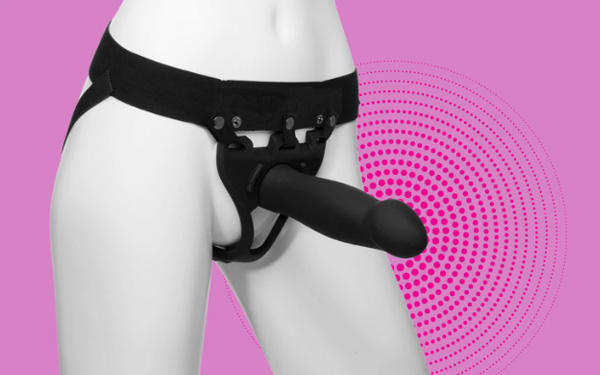Self Breast Exams
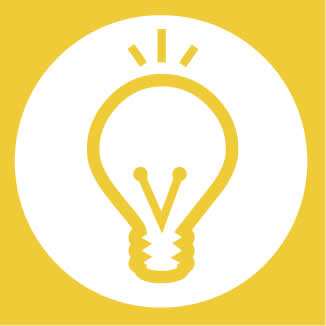
GoodVibes.com > How To Articles > Sex Tips & Anatomy
How to Give Yourself a Breast Exam
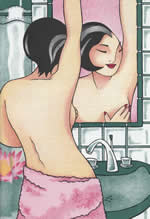
All people, regardless of Gender, can get breast cancer, and self-exam can be part of anyone's health strategy. It's best to do a self-exam every month; women in their menstrual years are usually encouraged to do the exam about a week after their period (hormonal changes during the menstrual cycle can affect the breasts, and size/shape changes and increased tenderness are not uncommon -- these factors will affect you less after your period). For everyone else, you can just pick a date and repeat each month thereafter. Calendar it so you'll remember to do the exam. Self-exams are a good idea for people in their 20s all the way through the lifespan.
While you can learn more about the way your breasts change over time by doing an exam more frequently than once a month, it isn't recommended to do them too frequently -- subtle changes from day to day may make it harder to notice a true change, plus very frequent exams may lead to a "worried well" focus on one's own health that can lead to fear and stress.
You don't need anything special to do a self-exam, but start the exam unclothed from the waist up in a room with a mirror so you can visually examine your breasts first. You're looking for any changes from the last time, how your breasts compare to each other visually (many women's' breasts are noticeably different from each other in size -- this is common and nothing to be concerned about), plus any other anomalies you can see -- puckering, dimpling, areas that are reddened or scaly, and other changes. Observe your breasts with your arms at your sides, then, with your arms raised and hands clasped behind your head, then with hands on hips, tensing your chest muscles each time.
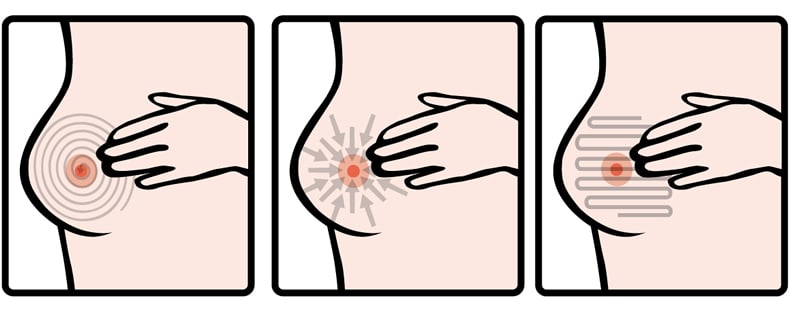
Many people do the additional steps of their self-exam in the tub or shower, where feeling the breasts for lumps or changes may be made easier because you can lubricate the skin with soap and water. You can also use breast exam creams for this purpose, although the exam can also be done on breast tissue that isn't moistened at all.
Many experts suggest doing the exam twice, sitting or standing up as well as lying on your back, because those positions change the way the breast tissue lies against the ribcage and the body wall. Raise one hand and put it behind your head, and examine the breast on that side; then switch. You should cover the entire area of the breast, plus up into the armpit -- breast tissue is really teardrop-shaped, and extends up that far. There are three ways to include all the tissue -- spiral around from the outer parameter of the breast in towards the nipple; feel the entire breast in a back and forth motion; or move from the outside in towards the nipple, as if you were following directional arrows pointing inward and you imagine a wedge pattern covering your breast. Some experts recommend moving the fingers in small circles as you cover the breasts' complete area. Use any of these methods, but use the same one each month so your comparisons will be more accurate. When you've covered the entire breast, gently squeeze the nipple to look for unusual discharge.
It can take a bit of practice to develop a sure touch. Instead of poking with your fingertip, try pressing with three finger pads. Breast tissue is not uniformly smooth; it is glandular, and some people have fibrocystic breast tissue that seems lumpy. It's important for them to learn what their breasts feel like ordinarily so they can notice any changes over time. Sexologist and breast cancer survivor Sueann Mark, PhD, ACS adds that when examining the breast, it's important to use three levels of pressure: light, just at the surface of the skin, which is where you can feel the adipose or fatty tissue; medium, in the bulk of the breast tissue where you will feel the textured glandular tissue and ductile tissue; and deep, down to the ribs/chest wall. Each level is important; a movable lump could sit at the surface in such a way that pressing down on it will move it out of the way, making it unlikely to feel. A lump attached to the chest wall can me missed if you don't palpate all the way down to the ribs. Imagine your fingers descending a spiral staircase if using a circular palpation technique, or going down an elevator if not.
You might want to make a little map of your breasts and take notes about your self-exam; if you find changes in texture that you want to monitor over a couple of months, such notes can help you remember from one self-exam to the next what you're trying to evaluate. If you find changes, tell your doctor.
A self-exam is not a substitute for breast exams at your annual check-up, or a mammogram if your doctor has recommended it. But it is a great additional way for you to know and love your own body, keep track of its wellbeing, and maintain your own peace of mind.

